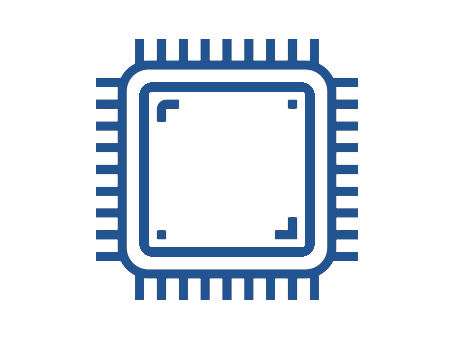About Operating Systems Lab
We would like to welcome to our Operating Systems Lab. Website! Our Lab. was established in 2007. As the name of our Laboratory indicates, we have an interest in Operating Systems including General Purpose and Embedded Operating Systems. We have published papers in these fields and undertake projects mostly in these fields. The students build up their theoretical and practical training in these fields and gain balanced experiences in Operating Systems.
Please click here to learn more about our research and development projects. Results of Projects are published on famous conferences and journals. Please click here to learn more about our publications.
Thank you for visiting our homepage and feel free to leave a message on our board if you have any comments and suggestions.
If you are interested in working in the Operating Systems Lab. please e-mail Professor Jiman Hong (jiman@ssu.ac.kr)
Research
Embedded Operating Systems
Real-Time Operating Systems
Fault Tolerance Systems
Sensor Networks
Low-Power Systems
Mobile Computing






